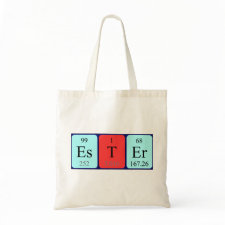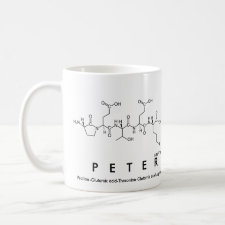
Authors: Caro E, MarcÚ RM, Cormack PAG, Sherrington DC, Borrull F
Article Title: Novel enrofloxacin imprinted polymer applied to the solid-phase extraction of fluorinated quinolones from urine and tissue samples.
Publication date: 2006
Journal: Analytica Chimica Acta
Volume: 562
Issue: (2)
Page numbers: 145-151.
DOI: 10.1016/j.aca.2006.01.080
Alternative URL: http://www.sciencedirect.com/science/article/B6TF4-4JCCG4V-2/2/8e7045235de3d319782b23f317a0588b
Abstract: A new molecularly imprinted polymer, prepared following a non-covalent approach, was synthesised using enrofloxacin as a template molecule. The imprinting effect of the polymer was verified by chromatographic evaluation and, interestingly, this evaluation also revealed that the imprinted polymer showed a high degree of cross-reactivity for ciprofloxacin, the major metabolite of enrofloxacin. The molecularly imprinted polymer was then applied as a selective sorbent in a two-step solid-phase extraction method focussing upon complex biological matrices, specifically human urine and pig liver. This two-step solid-phase extraction protocol, in which a commercial Oasis HLB cartridge and a molecularly imprinted solid-phase extraction cartridge were combined, allowed enrofloxacin and ciprofloxacin to be determined by liquid chromatography coupled to a UV detector at levels below the maximum residue limits established by the European Union. The quantification and detection limits in tissue samples of enrofloxacin and ciprofloxacin were established at 50 μg kg-1 and 30 μg kg-1, respectively
Template and target information: enrofloxacin, ciprofloxacin
Author keywords: molecular imprinting, Solid-phase extraction, Fluorinated Quinolones, Urine sample, Tissue sample



Join the Society for Molecular Imprinting

New items RSS feed
Sign-up for e-mail updates:
Choose between receiving an occasional newsletter or more frequent e-mail alerts.
Click here to go to the sign-up page.
Is your name elemental or peptidic? Enter your name and find out by clicking either of the buttons below!
Other products you may like:
 MIPdatabase
MIPdatabase









